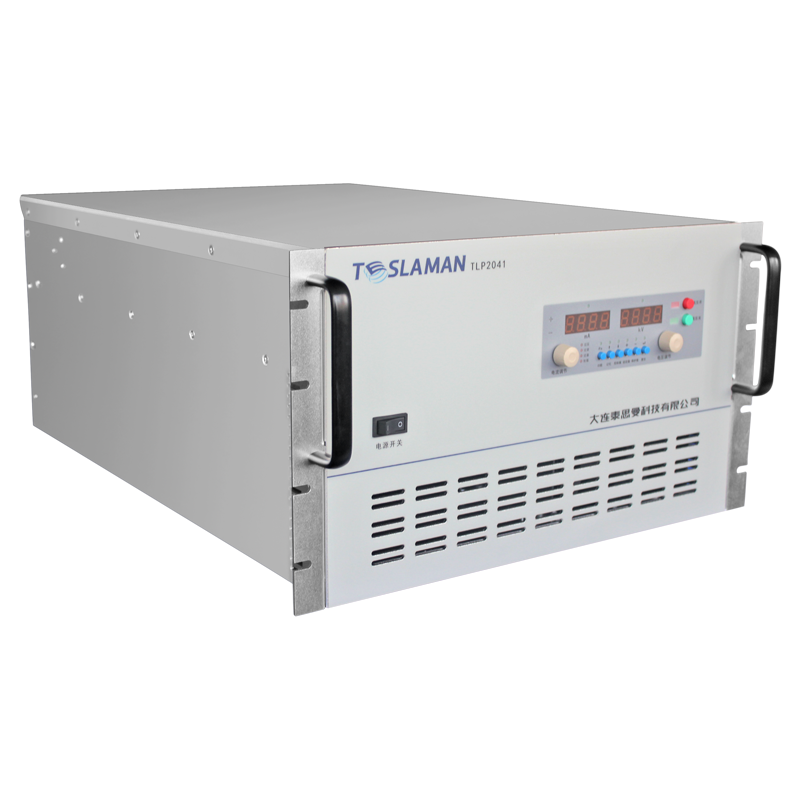The Key Role and Technical Requirements of High Voltage Generators in Power System Frequency Regulation
With the continuous development of power systems, the requirements for stability and reliability of power systems are increasing. In the power system, frequency is one of the important indicators to measure system stability. In order to maintain the stability of the grid frequency, effective frequency regulation measures must be taken. Among them, high-voltage generators, as an important type of electrical equipment, play a key role in the frequency regulation of power systems. This article will explore the important role and technical requirements of high-voltage generators in the frequency regulation of power systems from a professional perspective.
I. Principles and Functions of High Voltage Generators
A high-voltage generator is a device that converts low voltage into high voltage through a step-up transformer. In power systems, high-voltage generators are mainly used in the following aspects:
1. Generate high voltage to supply loads such as motors, generators, electric furnaces, etc.;
2. Achieve long-distance transmission and reduce line losses;
3. Carry out power system protection and testing, simulating high-voltage environments to test the insulation performance of equipment.
II. The Role of High Voltage Generators in Power System Frequency Regulation
1. Frequency Regulation Auxiliary Services: High-voltage generators can provide frequency regulation auxiliary services by adjusting the amplitude and phase angle of the output voltage. When the power system load changes, the high-voltage generator can respond quickly and adjust the output power to maintain the stability of the grid frequency.
2. Load Balancing Regulation: There may be differences in load in different regions of the power system. Through the dispatch of high-voltage generators, load balancing regulation across regions can be achieved, avoiding frequency fluctuations caused by load imbalance.
3. Improving System Stability: As a reserve capacity of the power system, high-voltage generators can be quickly put into operation when the system fails or the load increases suddenly, providing additional power support and thus improving the stability of the system.
III. Technical Requirements for High Voltage Generators
1. Efficiency: High-voltage generators should have high conversion efficiency to reduce energy loss and lower operating costs.
2. Stability: During operation, high-voltage generators should maintain stable output voltage and frequency, avoiding grid frequency fluctuations due to problems with the equipment itself.
3. Reliability: High-voltage generators should have good reliability and durability, capable of long-term stable operation in harsh environments, reducing maintenance times and downtime.
4. Intelligence: With the development of smart grids, high-voltage generators should have intelligent functions, capable of remote monitoring, automatic adjustment, and fault self-recovery, etc., to improve the automation level of power systems.
5. Environmental Protection: In the design and manufacturing process of high-voltage generators, environmental factors should be fully considered, using low-energy consumption, low-emission materials and technologies to reduce the impact on the environment.
IV. Conclusion
In summary, high-voltage generators play a crucial role in the frequency regulation of power systems. To meet the requirements of modern power systems for efficiency, stability, reliability, and environmental protection, future research and development directions of high-voltage generators should focus on improving efficiency, stability, reliability, and intelligence. At the same time, attention should also be paid to environmental factors to promote the development of green power technology.




















